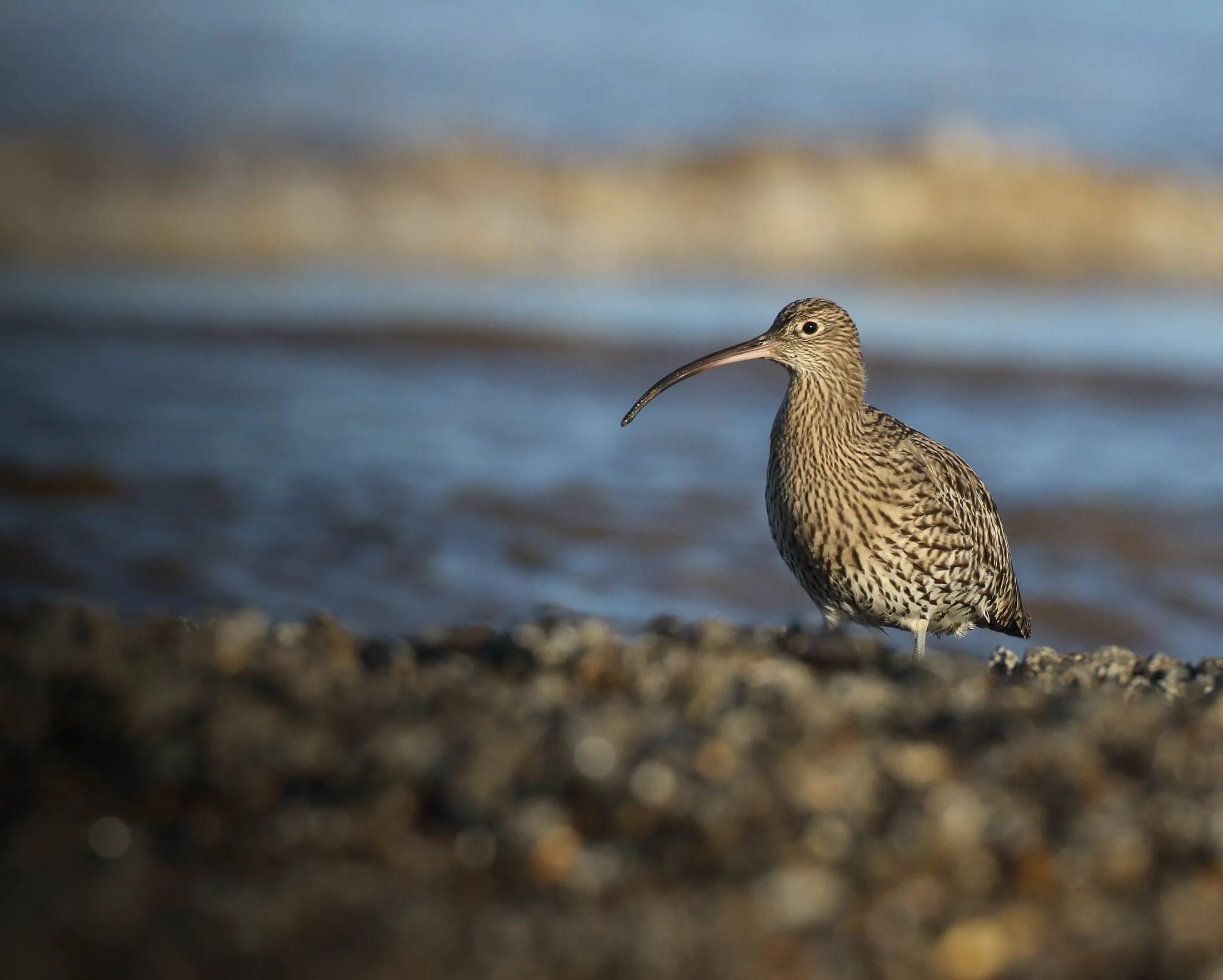Citation

Overview
BTO research, funded by the Curlew Appeal, investigated the factors affecting wintering Curlew abundance on estuaries in England and Wales. The findings suggest that short and long term trends in these local populations are not heavily influenced by local winter conditions on and around estuaries, indicating that the current declines are driven by factors that impact summer breeding success.
In more detail
Acknowledgements
This analysis was made possible by the many hours of survey work carried out by WeBS volunteers at the 46 estuaries in England and Wales which were used in this analysis, and by the generous contributions made to the BTO’s Curlew Appeal. Many other volunteers across the UK and Europe have also contributed to the production of the WeBS, BBS, and EBBC trends presented here. WeBS is a partnership jointly funded by the British Trust for Ornithology (BTO), the Royal Society for the Protection of Birds (RSPB), and Joint Nature Conservation Committee (JNCC), in association with the Wildfowl and Wetlands Trust; and the Breeding Bird Survey is a partnership between the BTO, JNCC, and RSPB. Thanks also to James Pearce-Higgins for his comments on an earlier draft of this paper and to Aonghais Cook, Sam Franks, Teresa Frost, Liz Humphreys, and Rachel Taylor for their help with providing additional information.
Funding
These analyses have been funded by the British Trust for Ornithology’s Curlew Appeal.
Abstract
Capsule: We assessed annual changes in Eurasian Curlew Numenius arquata wintering numbers at estuaries in England and Wales over 40 years against local and broadscale factors. Long-term trends likely reflect the cessation of hunting, but potentially also distributional changes associated with milder winters and changes in breeding success. Aims: To investigate whether local or broadscale factors might affect site-level annual abundance changes in Curlews in England and Wales.
Methods: Relationships between Wetland Bird Survey (WeBS) counts from 46 estuaries from 1974/ 75 to 2016/17 and environmental data were assessed using Generalized Linear Mixed Models.
Results: The winter abundance trend of Curlews in England and Wales closely matched the decline of breeding populations since the mid-1990s. However, there are clear differences in the trends prior to this. Our analysis suggests that winter counts were influenced by the cessation of hunting and by weather, with abundance decreasing during cold winters and increasing the following winter. The influence of severe weather was less pronounced in the immediate aftermath of the hunting ban. An increase in numbers in the east of the UK also occurred during this period. No effects were detected for other environmental variables, but this may reflect the fact that only static variation between sites was tested for these variables rather than change.
Conclusion: The increase in wintering Curlew numbers in the UK during the 1980s and early 1990s likely reflects a positive response to the cessation of hunting, but also a wider redistribution associated with milder winters across the European wintering range. Winter temperatures influenced annual abundance changes at individual sites, although impacts on detectability are difficult to disentangle from impacts on survival using WeBS counts alone. Factors operating during the breeding season are likely to be the main drivers of the current population decline.




